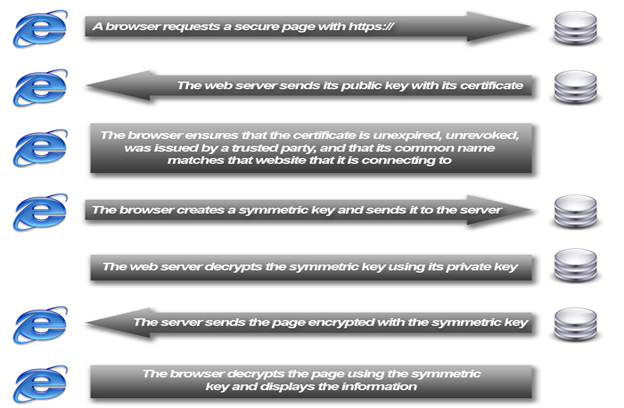How does HTTPS work?
When you prepare your web server to use HTTPS you will be asked a few questions about your website and your company including your web site's domain name and your company's name and location. Your web server then creates two cryptographic keys: a private key and a public key. Your private key must remain private or the HTTPS connection could be made vulnerable. The public key does not need to be secret and is placed into a Certificate Signing Request or CSR, a piece of encrypted text that you will submit to a certificate authority. The certificate authority will validate your details and issue the SSL certificate which you can then install to the web server with the private key to enable HTTPS . For more information, see SSL For Newbs.

You can enable or disable HTTPS scanning from SafeSquid HTTPS inspection section.